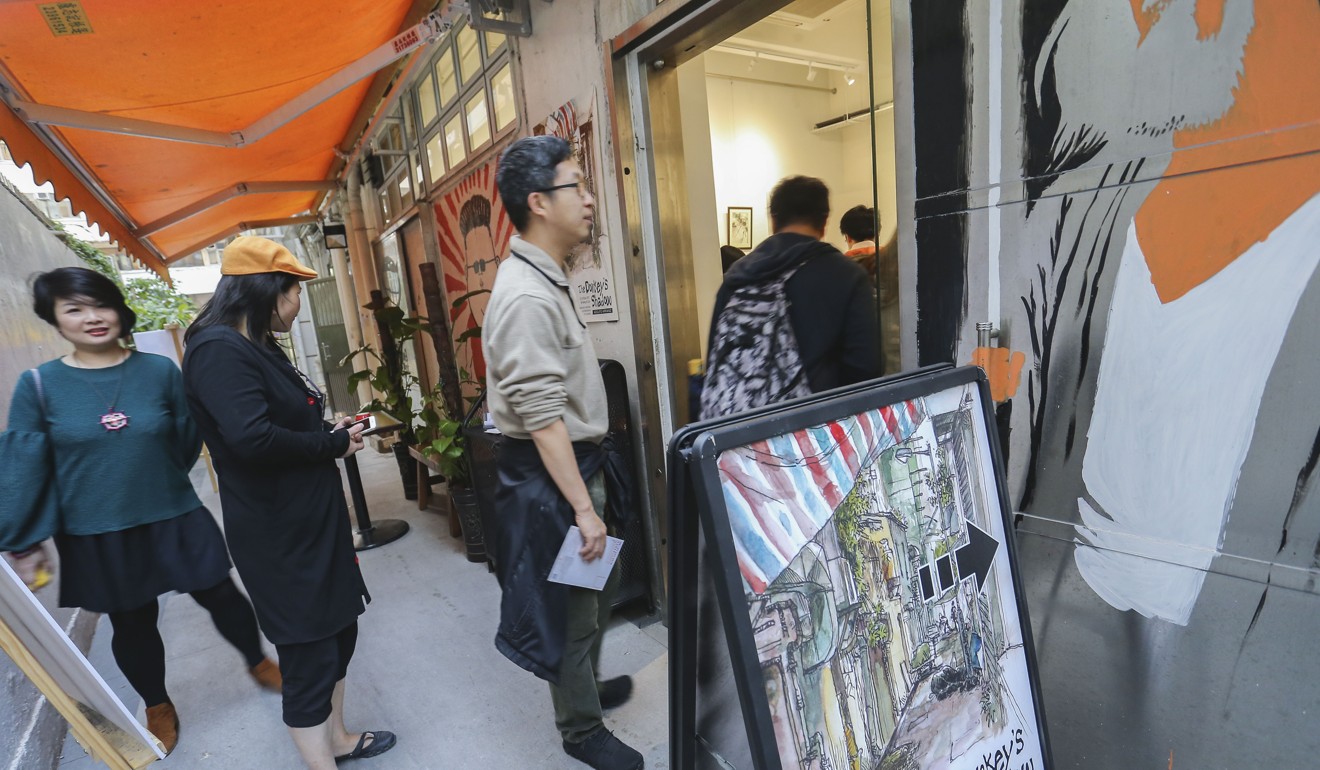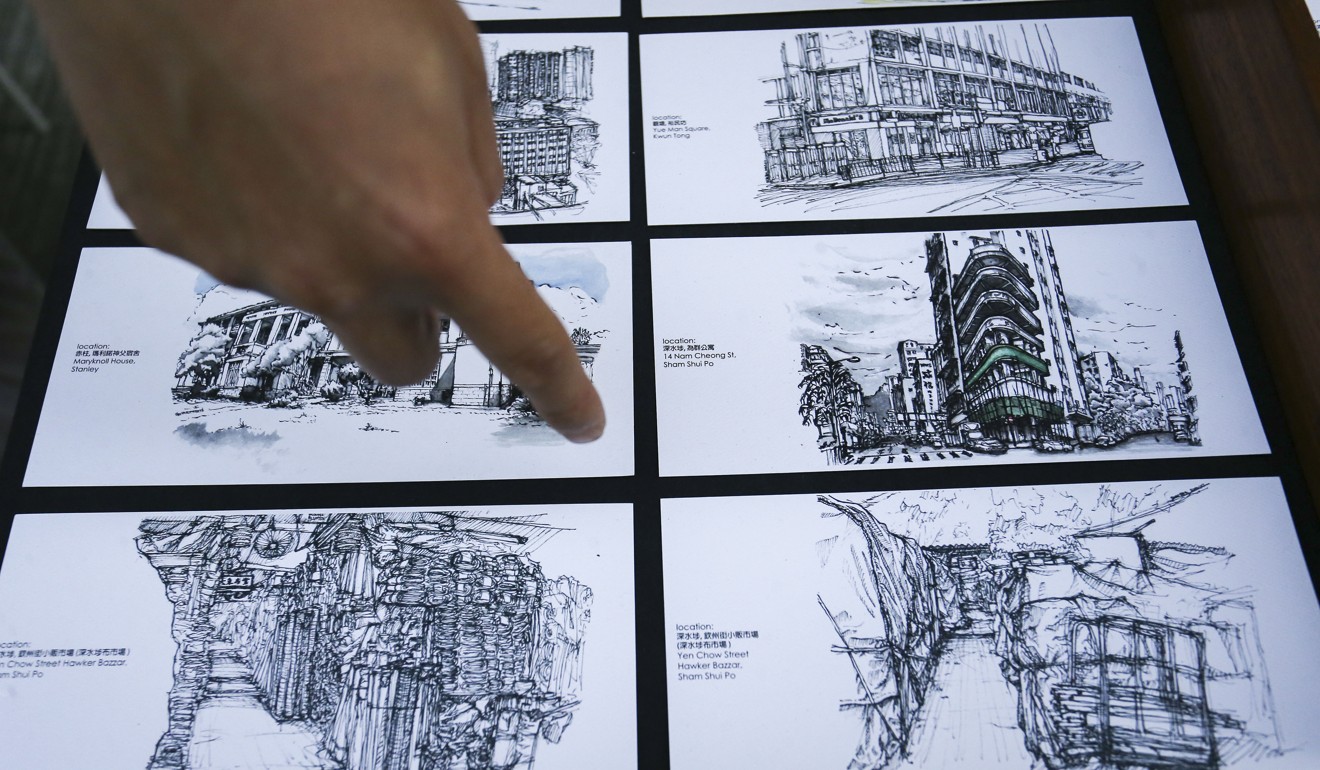
Hidden gems revealed in Hong Kong urban ‘backwater’
Local guide wants to show visitors a different side to To Kwa Wan by introducing the former industrial district’s vibrant art scene and history
To many Hongkongers, To Kwa Wan in Kowloon is just an area that cannot be reached by the MTR or home to some of the city’s asylum seekers. At least that is usually how cultural tour guide Stewart Cheng hears outsiders describing his neighbourhood.
But in the 1930s, the former industrial hub was the base of the famed Shaw Brothers Studio, on Pak Tai Street, and the current Cattle Depot Artist Village on Ma Tau Kok Road was a slaughterhouse for about 90 years.
Historical titbits such as these are why Cheng, who grew up in the area, decided to join community group ToHome two years ago as a cultural tour guide. He wanted to tell visitors about a different side of To Kwa Wan, introducing the district’s art scene and history every Sunday.

“When non-residents first think of the area, they usually say it is remote only because there’s no MTR, although To Kwa Wan is in the urban area, ” Cheng, now in his 30s, says.
“I think they are too reliant on the MTR, and I personally like taking the bus. We have many bus routes here.”
Hong Kong’s MTR renames new station to mark Song dynasty link
House of To Kwa Wan Stories, or ToHome, is based on Hung Fook Street and has been run by three local NGOs – Community Cultural Concern, Fixing Hong Kong and St James’ Settlement – since 2016. It organises cultural tours, exhibitions and flea markets.
On a recent Sunday, Cheng took a small group out on a tour that explored street art and studios considered hidden gems in the neighbourhood.

“Whenever people in Hong Kong think of art galleries, they usually refer to those in Central and Sheung Wan,” says Cheng, stopping outside ground-floor art gallery Swing a Cat, which holds life drawing sessions, caricature classes and other workshops.
“But you may be surprised to know To Kwa Wan also has this kind of gallery. This is not a fancy neighbourhood or a popular tourist spot. But it’s interesting and surprising, especially when we see this kind of art studio next to a very old building.”
Cheng, a media graduate, says his other mission as a guide is to create a sense of belonging within the community, as he reckons several upcoming redevelopment projects would change the district’s landscape.

“I am not blindly opposed to redevelopment,” Cheng says. “But I don’t see how these housing and commercial projects will help build relationships between neighbours.”

Cheng says some of his neighbours joined his tours to understand how exactly these new projects would affect the community and also to take a walk down memory lane.
“Some would share how people in the old days had to take a small boat to Hoi Sham Park before land reclamation,” Cheng says.
“I also told them how I used to play with candles there at the Mid-Autumn Festival when I was a child.
“I think the cultural tours are really important for the community because I tell human interest stories on them. And stories connect people.”

